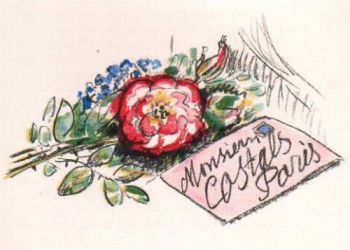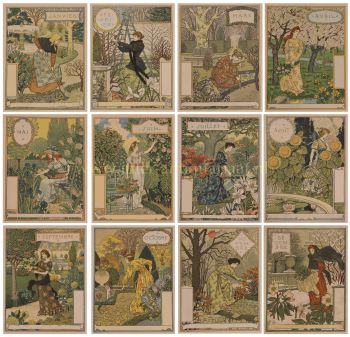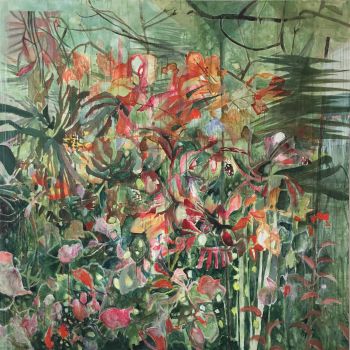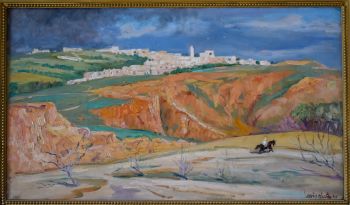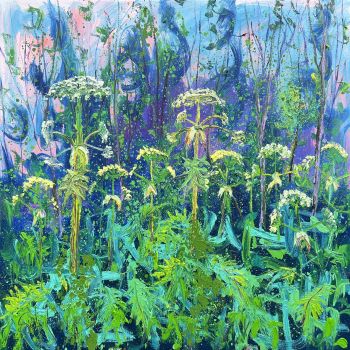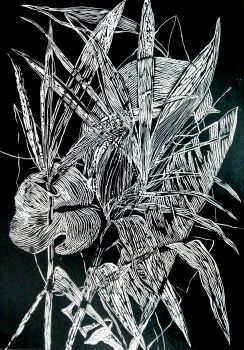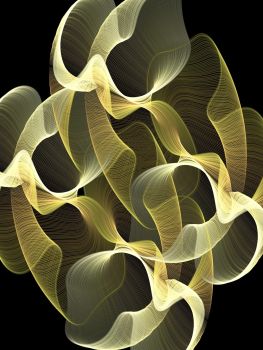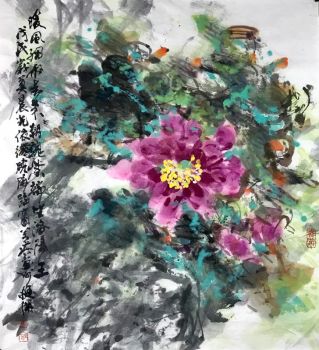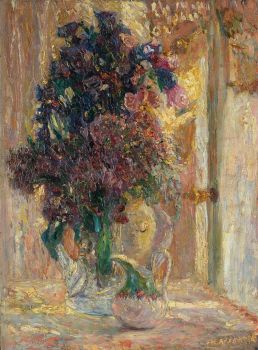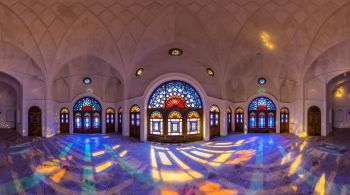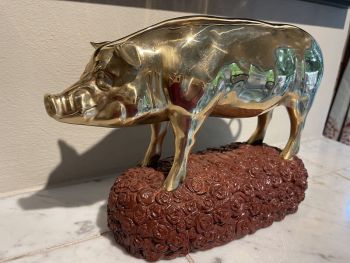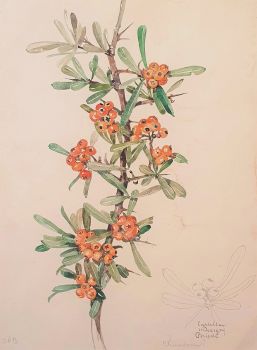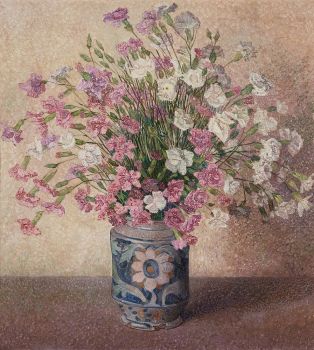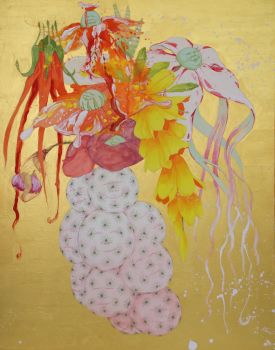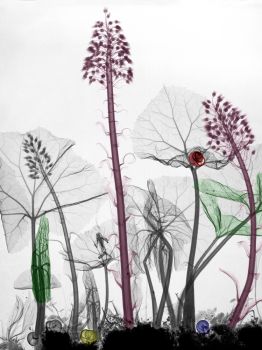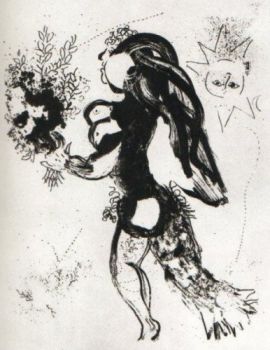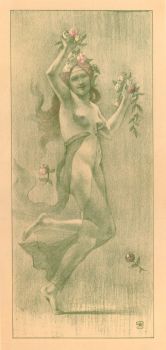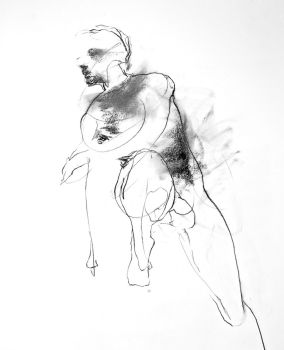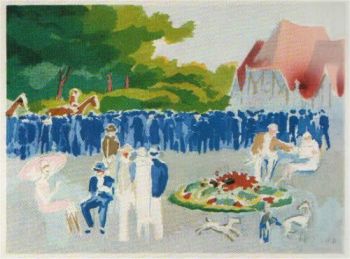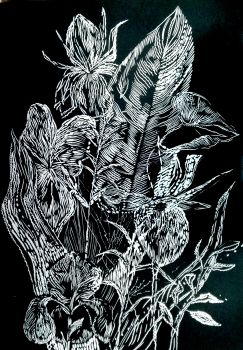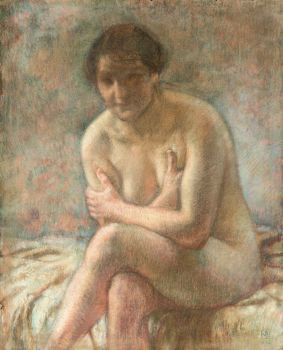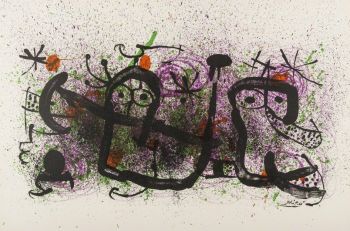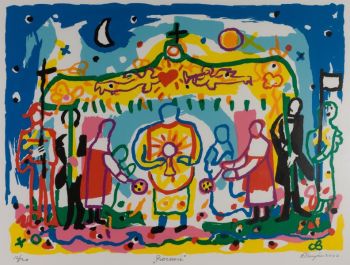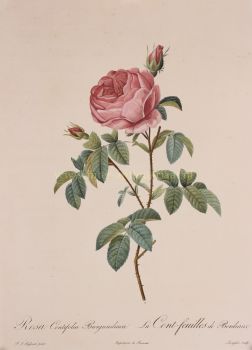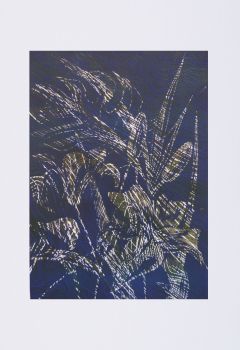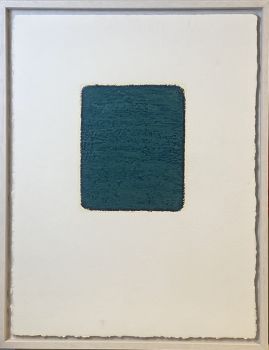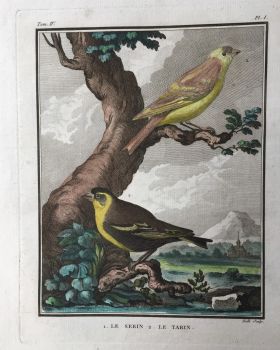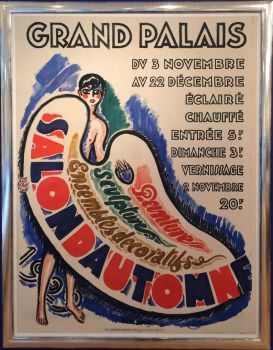Catalogue of plants of the Arabian Peninsula, with scientific names in Latin, Arabic and Persian 1919
Ethelbert Blatter
Papel
Actualmente no disponible a través de Gallerease
- Sobre la obra de arteFlora Arabica. No. 1-5.
Calcutta (no. 5: Delhi), Superintendent government printing, 1919-1933. 5 parts (of 6). With folding map of the Arabian Peninsula (in no. 2). Later cloth, original wrappers of separate parts bound in.
First five parts of a description of the plants of the Arabian Peninsula; here with the preliminaries and original wrappers of each part, written by Ethelbert Blatter (1877-1934). The scientific plant names are given in Latin, Arabic, Persian as well as in regional dialects. The aim was to give a history of the botanical exploration of Arabia and a general sketch of the vegetation. A sixth part appeared posthumously.
Extract from the Records of the Botanical Survey of India (BSI), vol. VIII; the organisation established in 1890 for the purpose of identifying plant species India, and of establishing their economic value. Flora Arabica was a key work of reference on Arabian vegetation well into the 20th century.
With owner's inscription on flyleaves. A few marginal tears (some repaired), a couple leaves loosely inserted and some small stains on the first title-page. A good copy.
Stafleu & Cowan 556. - Sobre el artistaEthelbert Blatter (15 de diciembre de 1877 - 26 de mayo de 1934) fue un sacerdote jesuita suizo y botánico pionero en la India británica. Blatter nació en el cantón de Appenzell Innerrhoden en Suiza. Blatter fue a la escuela secundaria en Schwyz y luego se mudó a la ciudad fronteriza de Feldkirch en Austria, uniéndose a los jesuitas. Blatter se fue a los Países Bajos en 1898, estudiando clásicos y filosofía. También desarrolló interés en la botánica y asistió a conferencias científicas en Europa. Blatter se mudó a la India en 1903, donde fue nombrado profesor de botánica en el St. Xavier's College Bombay. Viajó extensamente por la India y escribió una importante serie de artículos entre 1904 y 1909, titulada Las palmas de la India británica y Ceilán, indígenas e introducidos. En 1909 Blatter regresó a Europa, completando sus estudios teológicos en Hastings, al sur de Inglaterra. Ordenado sacerdote en 1912, Blatter vivió un año en los Países Bajos, antes de regresar a Londres. Cuando estalló la Gran Guerra (1914-1919), Blatter se mudó de Londres a la India y llegó a Bombay en octubre de 1915. Como profesor de botánica en St Xavier's, Blatter construyó una extensa colección botánica. En 1925 Blatter se retiró y comenzó a centrarse más en sus estudios botánicos. Escribió, entre otros, Some Beautiful Indian Trees (1925), Beautiful Flowers of Kashmir (1927, 1928) y The Ferns of Bombay (1932). Después de una fuerte caída de un caballo en 1930, su salud comenzó a fallar. En 1932, Blatter recibió la primera medalla en memoria de Johannes Bruehl de la Sociedad Asiática de Bengala por "Contribuciones destacadas e importantes al conocimiento de la botánica asiática". Blatter murió el 26 de mayo de 1934 en St. Vincent's High School, Pune.
Artwork details
Categoría
Tema
Material y Técnica
Related artworks
Antonie Derkinderen
Memory book Exhibition of Dutch Painting1892
Precio a consultarKunsthandel Pygmalion
Yoko Ono
YOKO ONO: "ARISING" SIGNED BOOK PLUS SMALL ARTWORK 2010 - 2014
Precio a consultarGallerease Selected
Tilmanus Nicolaus Maastricht
Missale Romanum con monturas de plata holandesas1788 - 1792
Precio a consultarJacob J. Roosjen SRI
Hermann Nitsch
"UNDER MY SKIN" Signed book incl. small artwork and DVD in a matching box2010 - 2014
Precio a consultarGallerease Selected
Engelbert Kaempfer
LIBRO DE ENGELBERT KAEMPFER1651 - 1716
Precio a consultarZebregs & Röell - Fine Art - Antiques
LAWRENCE WEINER
"SKIMMING THE WATER [MENAGE A QUATRE]" Signed book plus small artwork2010 - 2014
Precio a consultarGallerease Selected
1 - 4 / 22- 1 - 4 / 24
- 1 - 4 / 24

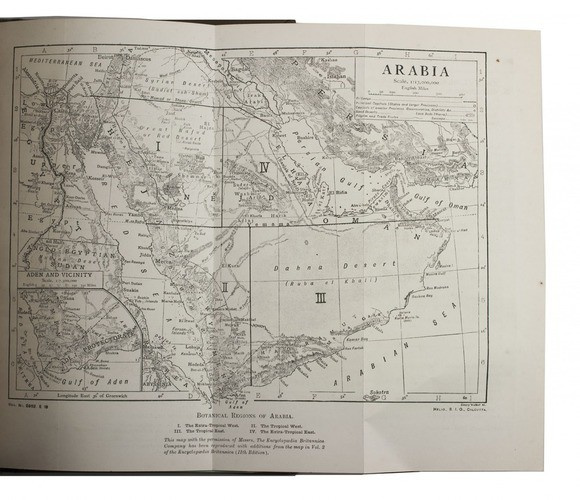




















!["SKIMMING THE WATER [MENAGE A QUATRE]" Signed book plus small artwork by LAWRENCE WEINER](https://media-2.gallerease.com/images/442bfd5f-fc31-4e18-a2fa-ee0c08eade64/350x350/skimming-the-water-menage-a-quatre-signed-book-plus-small-artwork.jpg)









